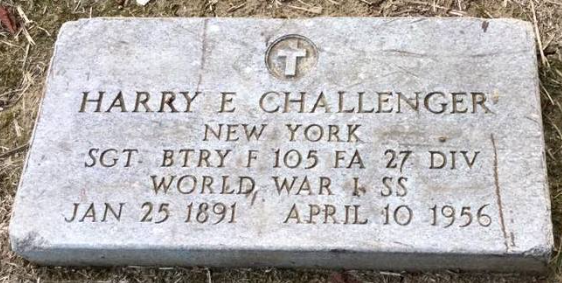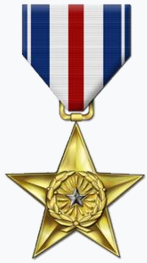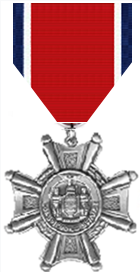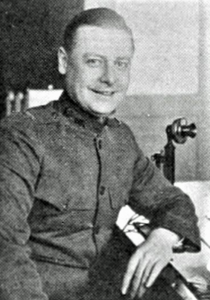Title: Army Sergeant, World War I, Silver Star; real estate and builder
Birthdate: January 25, 1891
Death Date: April 10, 1956
Plot Location: Section 8, Lot 32

When Harry Edward was born in Philadelphia on January 25, 1891 his father, Dr. Harry P. Challenger, was 36 and a local physician. His mother, Margaret, was 22 who gave birth to the couple’s first son four years earlier. He was named after his grandfather, Thomas Holdich Challenger, a captain in the 4th Delaware Infantry during the Civil War.
Dr. Challenger must have caught diphtheria from a patient several weeks after Harry was born and brought it home. Diphtheria is an infection caused by bacteria that is easily spread from person to person, and in this case it spread from father to oldest son. Thomas caught it and died March 31, 1891. His father died April 3. Ironically, this tragedy occurred just four years before a pharmaceutical company in Philadelphia began production of diphtheria antitoxin.
Margaret raised Harry by herself in New York City until she died of pneumonia at age 41 in 1910. Harry was 19, and it took him a few years to find his place in the world, settling on the New York National Guard in 1916. His unit was federalized into Battery F of the 105th U.S. Field Artillery when war was declared on Germany. He was overseas from June 13, 1918 until March 13, 1919 as part of the American Expeditionary Forces (AEF) under General John J. Pershing.
The Battle of Saint-Mihiel occurred in the northeast corner of France from September 12-15. The offensive actually caught the Germans in the disorganized process of retreating, making the attack more successful than expected. The Meuse River–Argonne Forest offensive came next but was the bloodiest operation of the war. It began on September 26, involving 1.2 million Americans. One of them was Private Challenger who lived up to his name and fought with distinction, becoming Corporal after it was over in November and Sergeant before he was discharged the following May.
 In the years that followed, Harry was recognized for his gallantry in action with the awarding of the Silver Star citation, which later took the form of a medal, shown here. It is the third highest award in the Armed Forces for valor in combat. The
In the years that followed, Harry was recognized for his gallantry in action with the awarding of the Silver Star citation, which later took the form of a medal, shown here. It is the third highest award in the Armed Forces for valor in combat. The  specific reason given for Harry’s citation is not known, but receiving the Silver Star also qualified him to be awarded the “Conspicuous Service Cross” from the state of New York, shown here:
specific reason given for Harry’s citation is not known, but receiving the Silver Star also qualified him to be awarded the “Conspicuous Service Cross” from the state of New York, shown here:
After the war it was wedding time, when Harry married native New Yorker Alva Wightman in 1922. His occupation was a salesman but by 1930 he was a field manager for a real estate firm.
Sometime in the 1930s there was a change in spouses for reasons unknown. His 1940 census and 1942 draft card reveal a wife named Martha and residence in Bridgewater, New Jersey. He was self-employed as a building contractor and, in 1950, in well drilling. He was living in Bridgewater when he died in 1956.
Harry was buried with a lot of relatives in the same plot at Mount Moriah. They included his brother, his father the doctor, his grandfather the Civil War Veteran, and his uncle John Edward Challenger whose family included his son Francis Saylor Challenger, shown here.  Frank had a less glamorous role in the war as a 1st Lieutenant in the Quartermaster Corps. He was five years older than Harry and died four years before him but, like Harry, he married and had no children.
Frank had a less glamorous role in the war as a 1st Lieutenant in the Quartermaster Corps. He was five years older than Harry and died four years before him but, like Harry, he married and had no children.

Support the Friends of Mount Moriah
Help us in our mission to restore and maintain the beautiful Mount Moriah Cemetery by donating to our cause or volunteering at one of our clean-up events.

